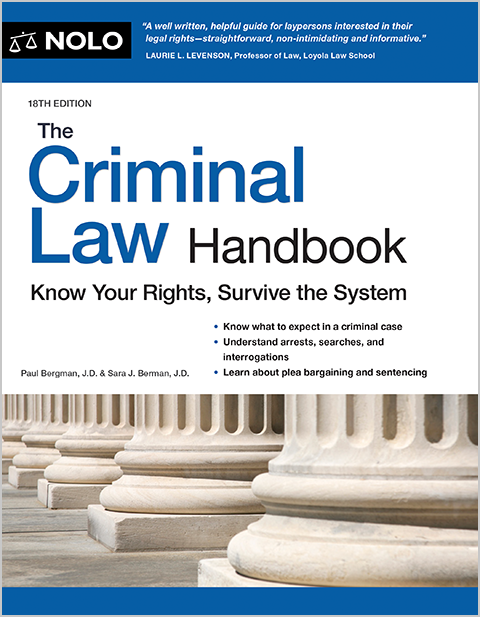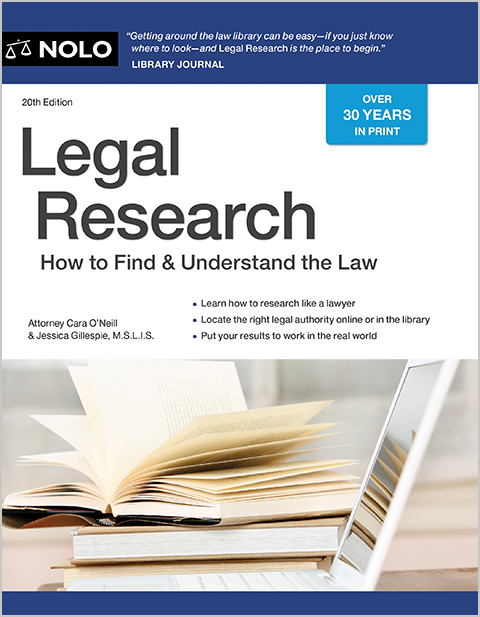How quickly must police officers get arrestees in front of a judge?
People who have been arrested—particularly those who haven't bailed out of jail or been released on their own recognizance ("O.R.")—want to know when they'll get in front of a judge. They want to know the charges they face, whether they can get out of custody (jail), and whatever else about the criminal process they can glean from that first court appearance.
What Is an Arraignment?
Many states refer to the first appearance as "arraignment," while others use terms like "initial appearance" or "first advisement." Some states will have both an initial appearance and arraignment depending on the circumstances. No matter how they describe it, they all prohibit law enforcement agencies from confining suspects indefinitely, without judicial oversight.
Timing of the First Appearance or Arraignment
The timing of the initial appearance varies from jurisdiction to jurisdiction—and isn't always clear. (In fact, rules on arraignment and initial appearance can even differ from one city or county to another.) Some state laws specify how soon suspects are entitled to appear in court, while others vaguely ban "unnecessary delay" after arrest. Federal rules also prohibit "unnecessary delay."
In-Custody Defendants (Sitting in Jail)
Typically, a person who was arrested and is sitting in jail must appear before a judge within 24 to 72 hours (with some exceptions). Some states exclude weekends and holidays from this time period, while others expressly include them. A state law might also permit a short delay if the person requests time to meet with their counsel of choice. (Check out Minn. R. Crim. P. 4.02; N.M. R. Crim. P. 5-301 (2025).)
Out-of-Custody Defendants
The first appearance or arraignment generally happens later if the person is free on bail or was never arrested. This could be a few days or weeks later. The defendant or their attorney will typically receive a notice from the court setting the arraignment date. Not all jurisdictions require an out-of-custody defendant to appear at the arraignment if counsel appears for them. (See Fed. R. Crim. P. 10 (2025).)
What Happens at the Arraignment?
In both state and federal court, the initial court appearance is typically the point at which the court advises the defendant of the charges and certain constitutional rights, including the right to counsel.
The court may also:
- inquire whether the defendant plans to hire an attorney or (if eligible) use the public defender
- take the defendant's plea
- determine whether to set bail and in what amount, including whether to release the defendant on O.R.
- establish conditions for the defendant's release pending resolution of the case (such as travel restrictions or a ban on contact with the alleged victim), or
- set dates for further proceedings (such as a date for the parties to report back on plea negotiations or for a preliminary hearing).
Some states combine "probable cause determinations" with the arraignment. A probable cause hearing is basically a judicial check on law enforcement's authority to keep a suspect in custody. If the court doesn't find probable cause (sufficient grounds) to believe the defendant committed the crime—a rare occurrence—it must order the defendant's release.
How Arraignment Procedures Vary in State and Federal Courts
Most deadlines for first appearances and arraignments will be found in court rules or state statutes. Below are examples of a few state rules and the federal rules regarding these procedures.
State Court Examples
Florida requires police to bring an in-custody defendant before the court within 24 hours of the arrest. This appearance can be in person or virtual. A public defender must be available at a defendant's first appearance unless the defendant already has counsel. (Fla. R. Crim. Proc. 3.130 (2025).)
In Georgia, the timing differs depending on whether law enforcement made the arrest with or without a warrant. Police must bring a defendant being held in jail following a warrantless arrest within 48 hours of the arrest, otherwise they have 72 hours. (Ga. Unif. R. Sup. Ct. 26.2 (2025).)
Louisiana has one of the longer timeframes for first appearances, 72 hours. The rules also exclude weekends and holidays from this timeline. (So, if a person gets arrested Saturday morning at 1 a.m., they might have to wait until Wednesday to see a judge.) However, if police arrest someone without a warrant, a magistrate must decide within 48 hours whether police had sufficient probable cause to make the arrest. (La. Code Crim. Proc. arts. 230.1, 230.2 (2025).)
Massachusetts' law requires that authorities bring arrested defendants before a judge that day if the court is in session or the next day that the court is in session. (Mass. R. Crim. P. 7 (2025).)
Federal Court
Federal law requires authorities to bring arrested persons before a judge "without unnecessary delay" for an initial appearance. This will generally be the same day or the day after the defendant is arrested. The judge will explain the charges and the defendant's rights, including their right to counsel. Bail decisions might be made at this hearing or a later detention hearing.
At the federal arraignment, the judge formally tells the defendant the charges in the complaint or indictment. The defendant also enters their plea at this time (which is usually not guilty). The arraignment might be combined with the initial appearance.
(Fed. R. Crim. P. 5, 10 (2025).)
What Happens If a Defendant Isn't Arraigned Promptly?
When authorities fail to bring an arrested defendant before a judge within the stated timeframe, the primary remedy is release without bail. In rare cases, the government's failure might lead to harsher consequences for the case.
In practice, courts generally give government agents a bit of slack—as long as they make a conscientious effort to get a suspect in front of a judge quickly, they're probably in the clear. And even an illegal delay in bringing a defendant to court probably won't invalidate a subsequent conviction unless the delay somehow contributed to it. (U.S. v. Chavez, 705 F.3d 381 (8th Cir. 2013); Morse v. U.S., 256 F.2d 280 (5th Cir. 1958).)
In a 2009 federal case, for example, FBI agents arrested the defendant for bank robbery pursuant to an arrest warrant early on a Friday morning. The agents began trying to locate a magistrate shortly after the arrest but couldn't find one who was free before Monday, which is when they ended up taking the defendant to court. In the meanwhile, the officers interviewed the defendant—during that interview, which was more than 12 hours after the arrest, he gave self-incriminating statements.
The defendant asked the court to suppress (exclude) his statements because he made them before officers had brought him before a judge. Federal law allows for the suppression of any statements made by a defendant before an initial court appearance if there was an unnecessary delay in getting him or her before a judicial officer. (Statements by the suspect within six hours of arrest are presumptively admissible.) But, because the court considered the delay between the defendant's arrest and first appearance reasonable, it refused to suppress the defendant's statements. (U.S. v. Harrold, 679 F.Supp.2d 1336 (N.D. Ga. 2009).)
Consult a Lawyer
If you've been arrested or charged with a crime, consult an experienced criminal defense attorney as soon as possible. Ask the judge for a public defender if you can't afford an attorney. An experienced lawyer can aid in trying to get you out of jail, guide you through the court process, and fully advise you of the applicable laws. It's best to say as little as possible to police or investigators until you've spoken to an attorney.

